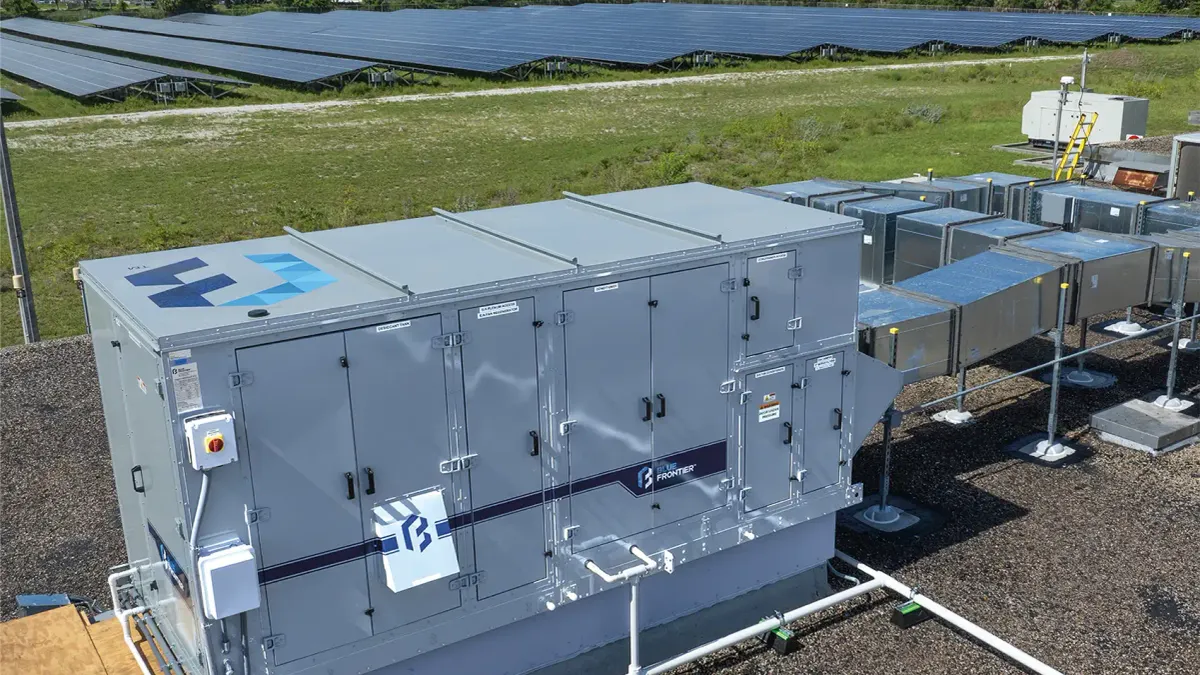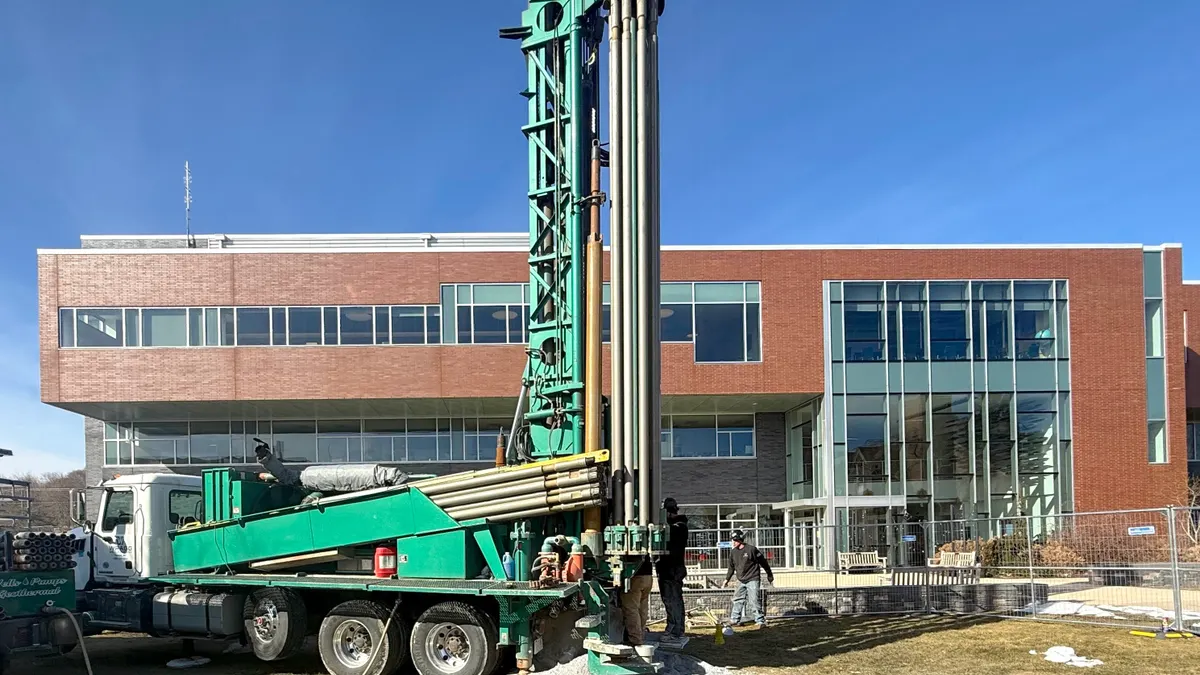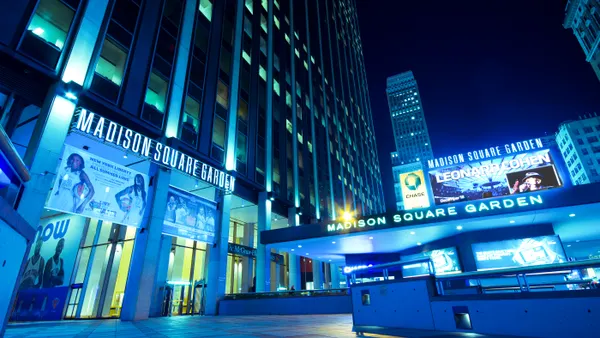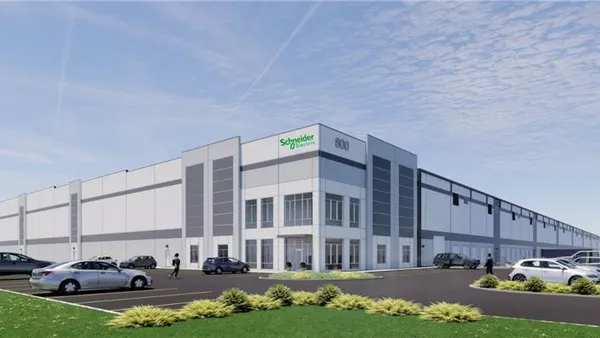A technology developed by the U.S. National Renewable Energy Laboratory has the potential to lower commercial air conditioning peak power demand by more than 90% and cut cooling bills by almost half, the organization announced Sept. 4.
The Energy Storing and Efficient Air Conditioner system, or ESEAC, developed in collaboration with Blue Frontier, separates air cooling and dehumidification using a liquid desiccant process. The technology absorbs moisture from the air and uses what NREL calls an ultraefficient indirect evaporative air conditioning system to cool the air, a process requiring less energy than conventional systems, the organization said in a release.
Desiccant refers to a hygroscopic substance — something that attracts and absorbs moisture — that’s used as a drying agent.
The ESEAC cycle has three steps: charging, storage and discharging. In the charging step, a salt-based liquid desiccant is separated into a high-concentration solution and pure water. The storage step holds the concentrated solution and water for later use, “decoupling energy input from cooling delivery.” The discharging step uses the stored fluids to cool and dehumidify air, producing conditioned air without the need for a compressor during peak hours, NREL says.
"The ESEAC cycle separates and stores desiccant and water, enabling on-demand cooling and dehumidification,” Jason Woods, NREL senior engineer and co-inventor of the technology, said in a statement. “This means the air conditioner can keep you comfortable all day but consumes the majority of its electricity when rates are low or renewable energy is available."
A year-long simulation in Miami found that a 20-ton ESEAC system reduced cooling-related electricity use by 38%, peak demand by 93% and annual electricity costs by 45%. The reductions amount to an estimated $165,000 in savings per unit over 15 years, NREL says.
The technology is now being installed at commercial and public facilities across the country, including an IMAX theater at the Museum of Discovery and Science in Florida, commercial locations in Georgia and California and multiple U.S. Army and Air Force bases. Additional deployments will occur at Barry University and Valencia College in Florida and at healthcare centers, including Jackson Memorial Hospital in Florida, NREL says.
These installations provide real-world validation for Early deployments for ESEAC, and early performance data has closely matched modeling results, Blue Frontier Chief Technology Officer Matt Tilghman said in a statement.
Storing energy in saltwater and pure water costs roughly 10 times less than battery-based systems and provides a more scalable, lower-cost way to manage cooling loads, according to the laboratory.
“Air conditioning is a top driver of peak demand and a major reason for costly grid expansion,” said Achilles Karagiozis, director of NREL’s Building Technologies and Science Center. “ESEAC stores energy when electricity is cheap and uses it during peak times — delivering energy storage benefits at a fraction of the cost of batteries.”
In recent years, liquid desiccants have received attention for reducing the energy consumption of air conditioning units, according to a 2020 peer-reviewed research paper published in the Journal of Building Engineering. Mojave Energy Systems is an example of a firm using a liquid desiccant-based process in its dedicated outdoor air system solution, which began shipping earlier this year.
Blue Frontier’s ESEAC system is one of 17 sustainable building technologies evaluated by the U.S. Department of Energy and General Services Administration as part of the Green Proving Ground program. Other HVAC technologies that were evaluated in the program include Nostromo Energy’s modular ice-based energy storage system and Trane’s Cold Climate Heat Pump.












